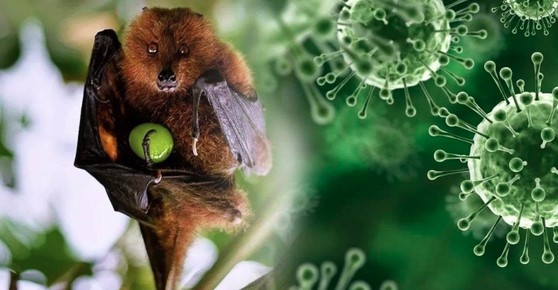

The HCDC suggests that passengers arriving from African countries which have recorded outbreaks of Nipah should immediately contact a medical facility to receive timely advice and treatment if they have any symptoms such as fever; a headache for three to 14 days; along with respiratory symptoms including a cough, sore throat, or shortness of breath.
Indian media outlets reported recently one person tested positive for the Nipah infection in Kozhikode district of Kerala, taking the total number of infected persons up to six, including two deaths.
So far, more than 700 people have been identified as close contacts and are therefore being tested for the virus.
According to the World Health Organization (WHO), Nipah is a zoonotic virus transmitted from animals to humans. However, it can also be transmitted either through contaminated food or directly between people.
Several countries have so far experienced a deadly outbreak of the Nipah virus.
Nipah virus was first identified during a 1998 - 1999 outbreak in Malaysia, where nearly 300 people were infected and more than 100 died, according to CNN. More than a million pigs were euthanised to halt its spread.
The virus was named after the village of Kampung Sungai Nipah in Malaysia, where pig farmers contracted the disease.
The Southern Indian state of Kerala is now battling another deadly outbreak of the Nipah virus, its fourth since 2018.
CNN quoted the US Centers for Disease Control and Prevention (CDC) as saying that infection with the virus can cause a mild to severe disease. Symptoms often begin with a headache and drowsiness, although they can quickly transform into a coma within a couple of days
It can also cause acute respiratory syndrome, an issue where the lungs cannot get enough oxygen to the body, as well as fatal encephalitis, an inflammation of the brain, the website noted.
There is no vaccine for the disease and treatment is limited to supportive care.
The virus is on the WHO’s list of epidemic threats in need of urgent research and development.
Source: VOV